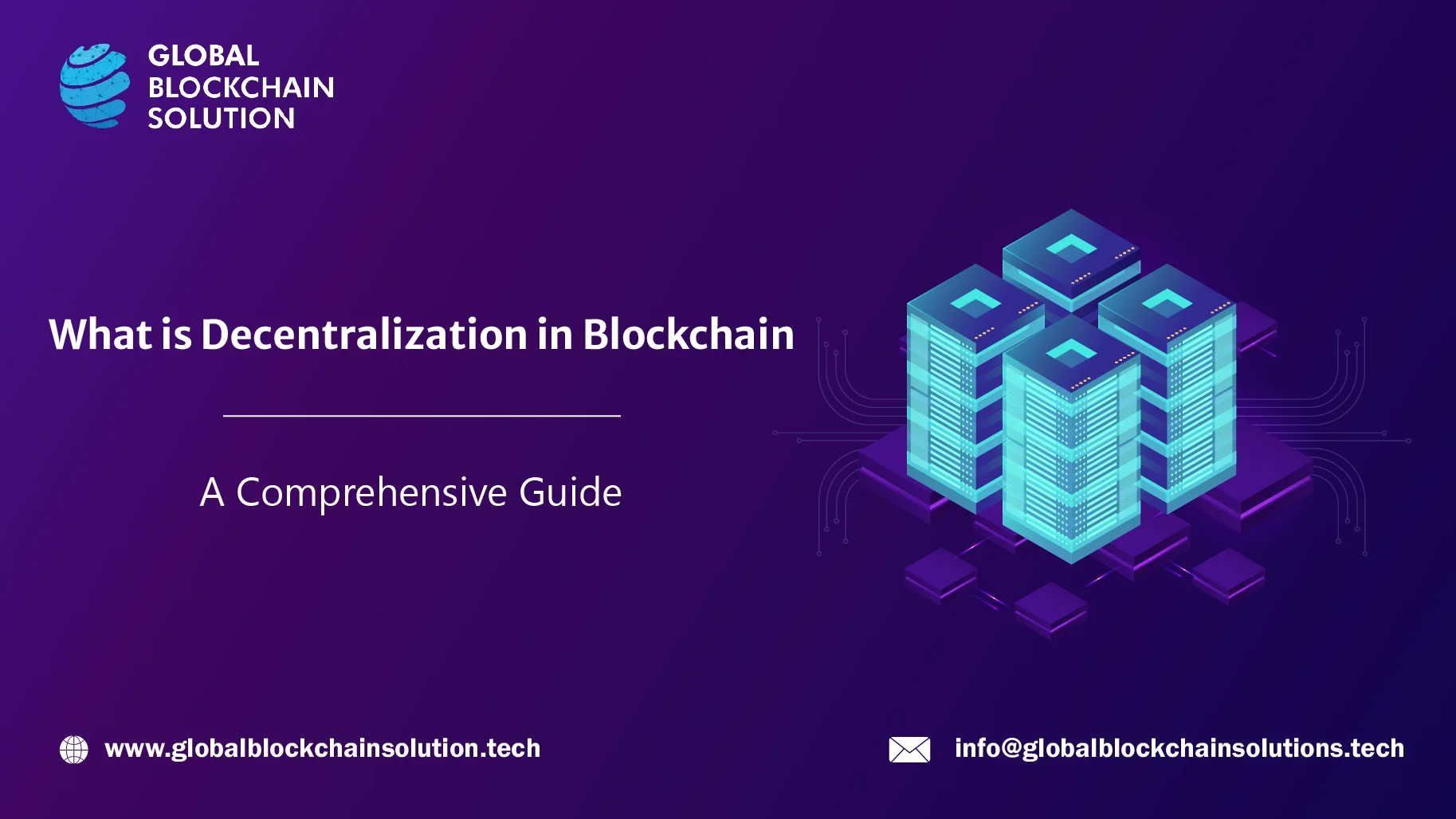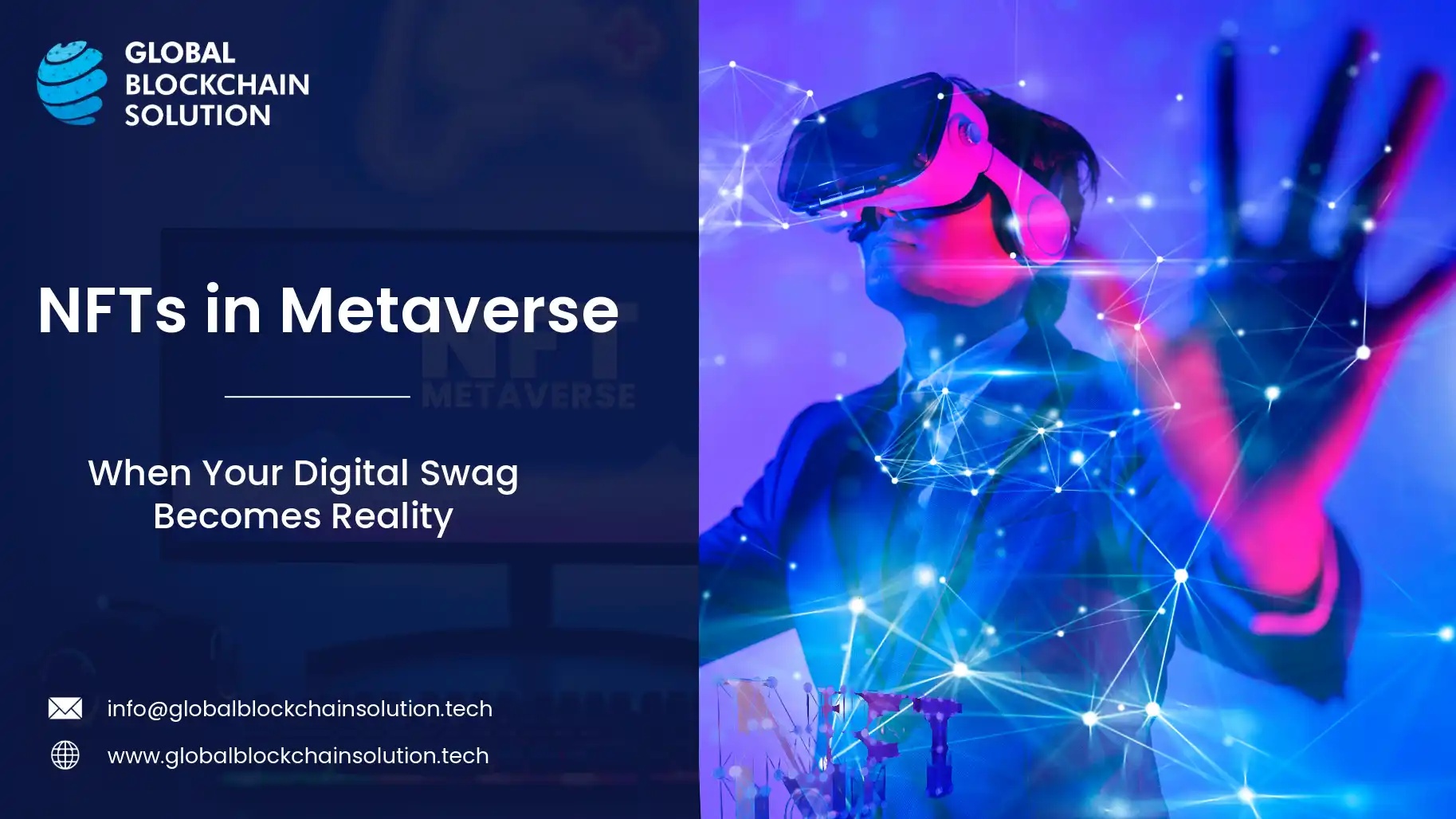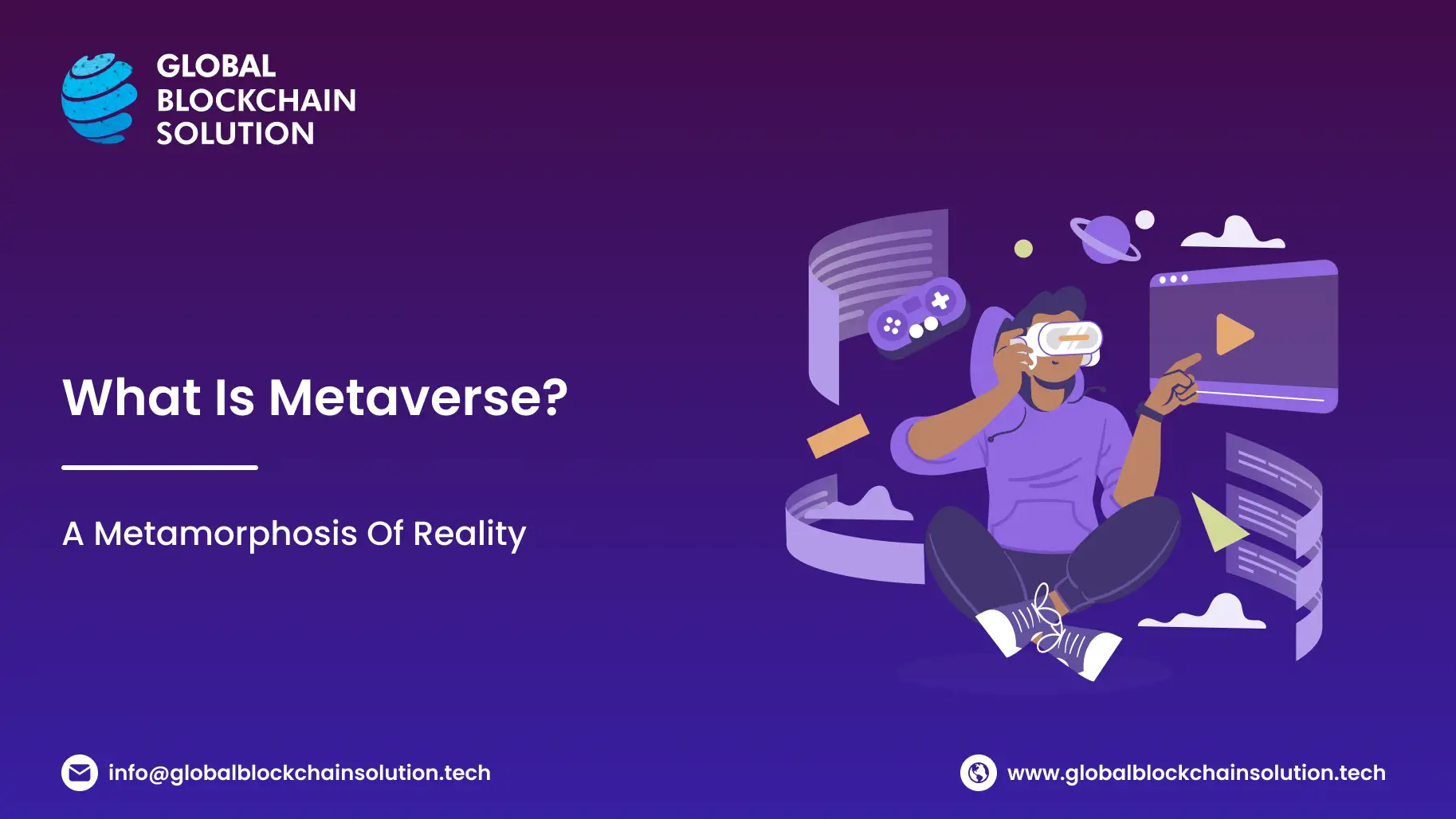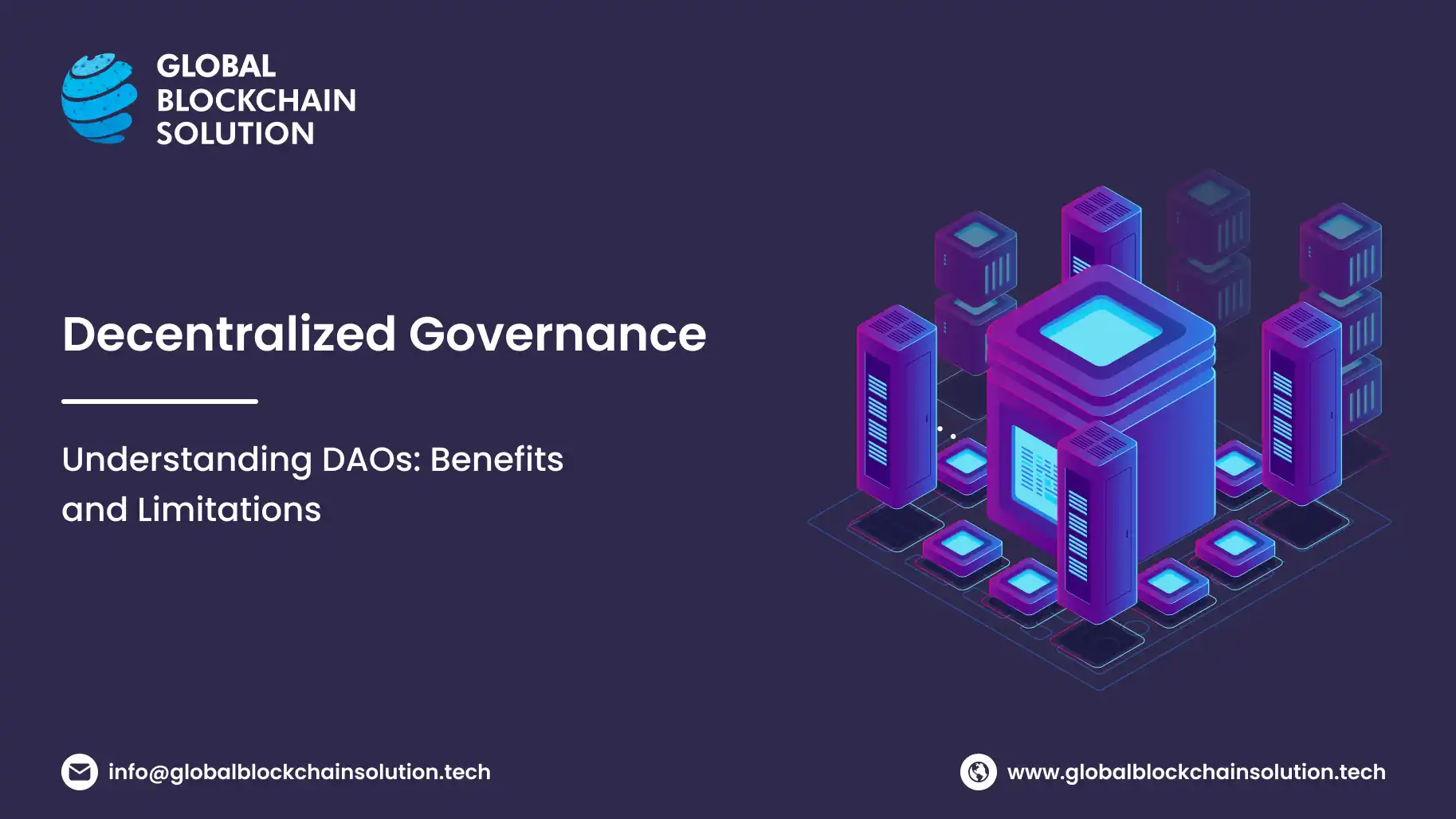The concept of decentralization in blockchain is deeply rooted in human civilization's history. Over time, there has been a recurring tug-of-war between centralization vs. decentralization. The centralization of power, whether in the hands of monarchs, religious institutions, or oligarchies , has often been met with resistance and the push for a more decentralized distribution of authority.
This Article Contains:
The Renaissance, as a cultural movement, marked a significant break from the medieval era. The invention of the printing press by Johannes Gutenberg in the 15th century democratized knowledge. No longer were scriptures and knowledge the sole domain of the clergy and the elite. Books became more accessible, leading to an explosion of ideas, art, and science.

Spearheaded by figures like Martin Luther, the Reformation challenged the monolithic authority of the Catholic Church around the 16th century. It led to the proliferation of Protestant denominations, decentralizing religious authority and allowing for a more personal interpretation of scripture.
Then, the American Revolution and the French Revolution of the late 18th century came as reactions against monarchical and aristocratic rule. They championed the principles of liberty, equality, and fraternity, laying the groundwork for modern democratic republics.
The emergence of blockchain in the 21st century can be seen as the latest chapter in humanity's quest for decentralization. Let’s have a closer look at it.
What is Decentralization in Blockchain?
Decentralization, within the blockchain realm, signifies the distribution of authority, control, and decision-making across a network, rather than concentrating it within a singular central entity or authority. This foundational concept sets blockchain apart from traditional centralized systems. However, the degree of decentralization can vary based on whether the blockchain is permissioned or permissionless.
Blockchain: The Technical Pillars of Decentralization
Distributed Ledger Technology (DLT)
At the heart of blockchain is DLT, a database that is maintained by multiple participants, or nodes. Each node has a copy of the ledger, ensuring redundancy and resilience. This contrasts sharply with traditional databases that are maintained by a single entity.
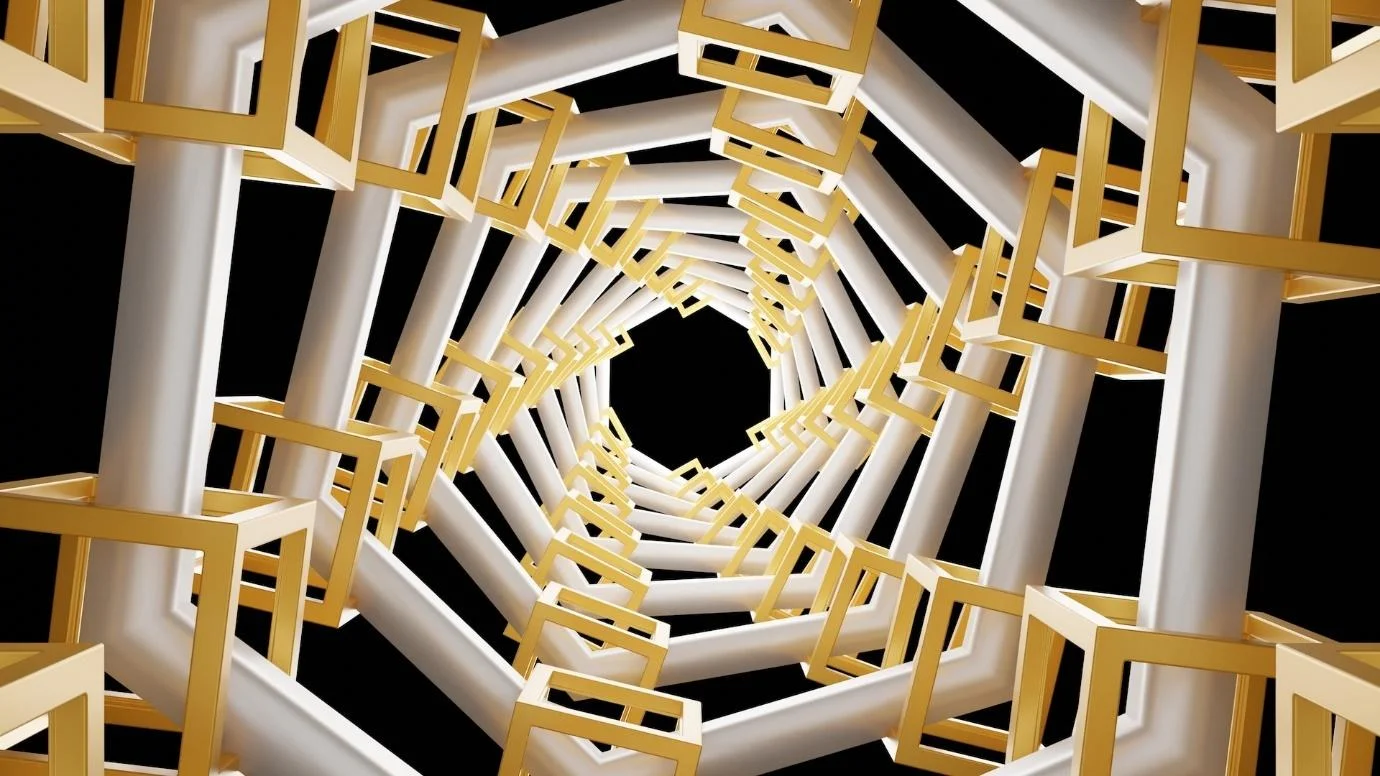
Also Read: Blockchain vs. Traditional Databases: Making the Right Choice for Your Project
Consensus Mechanisms
These algorithms ensure all nodes agree on the state of the blockchain. Different blockchains use different consensus mechanisms, each with its advantages and trade-offs. For instance, Bitcoin uses proof-of-work, which, while secure, is criticized for its environmental impact. Similarly, Proof-of-Authority-based blockchains, while offering more privacy, security, and throughput, are criticized for moving away from the key tenet of blockchain, i.e., decentralization.
Smart Contracts
Introduced by Ethereum to the world of blockchain, these self-executing contracts have the terms of an agreement directly written into code. They automate and streamline complex processes, from financial transactions to supply chain management.
Cryptography
Blockchain employs advanced cryptographic techniques to ensure data security. Public key infrastructure, for instance, allows users to generate a pair of cryptographic keys: a public key, which others can see, and a private key, kept secret by the user. This ensures both security and identity verification.
Key Features of Decentralization in Blockchain:
Distributed Control
Unlike centralized systems where one entity holds unilateral control, in a decentralized blockchain, control is distributed among all participants or nodes in the network. Each node, whether in a permissioned or permissionless setting, plays a pivotal role in upholding the system's integrity.No Central Point of Failure
Traditional systems are vulnerable due to their reliance on central servers or databases. In contrast, blockchain operates on a network of nodes. Even if one node fails or is compromised, the system remains functional. This resilience is present in both permissioned (where known entities operate nodes) and permissionless (open to any participant) blockchains.Peer-to-Peer Interactions
Decentralization enables direct interactions between participants without intermediaries. In permissionless blockchains, this peer-to-peer nature is fully realized, allowing for transparent and cost-effective transactions. Permissioned blockchains, while still relatively decentralized, might have designated nodes that validate transactions, ensuring compliance and governance within a closed ecosystem.Immutable and Transparent Ledger
Every transaction on a decentralized blockchain is recorded on a ledger visible to all network participants. Once added, it's near-impossible to alter, ensuring transparency and trustworthiness. Permissioned blockchains, while still maintaining this immutability, might restrict ledger visibility to certain participants for privacy or regulatory reasons.Autonomy and Empowerment
Decentralization empowers participants by giving them control over their data and transactions. In permissionless blockchains, this empowerment is absolute, with complete autonomy granted to users. Permissioned blockchains, on the other hand, offer a structured environment where participants operate within predefined roles and permissions, balancing autonomy with governance.
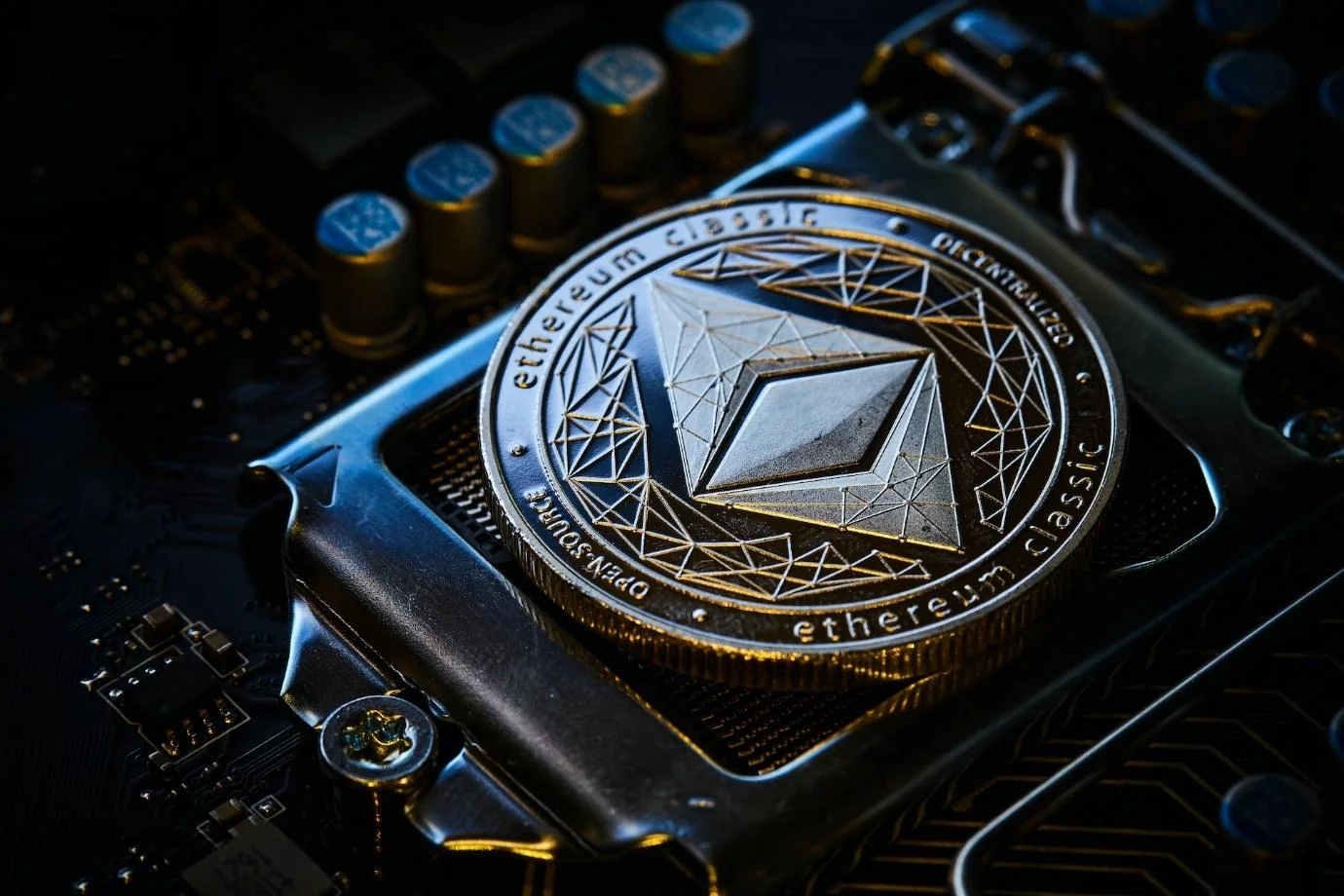
Decentralization in blockchain, whether permissioned or permissionless, challenges traditional centralized control norms. It offers a spectrum of transparent, secure, and inclusive alternatives, each tailored to specific use cases and requirements, reshaping the digital landscape's dynamics.
Also Read: Permissioned vs Permissionless Blockchain: Characteristics, Differences, and Examples
The Implications of Decentralization in Blockchain
Like the historical developments highlighted earlier, the decentralized architecture of blockchain and emerging entities like DAOs represents a seismic shift from traditional centralized systems in the 21st century. This ushers in a new paradigm with profound technological, economic, political, and social implications.
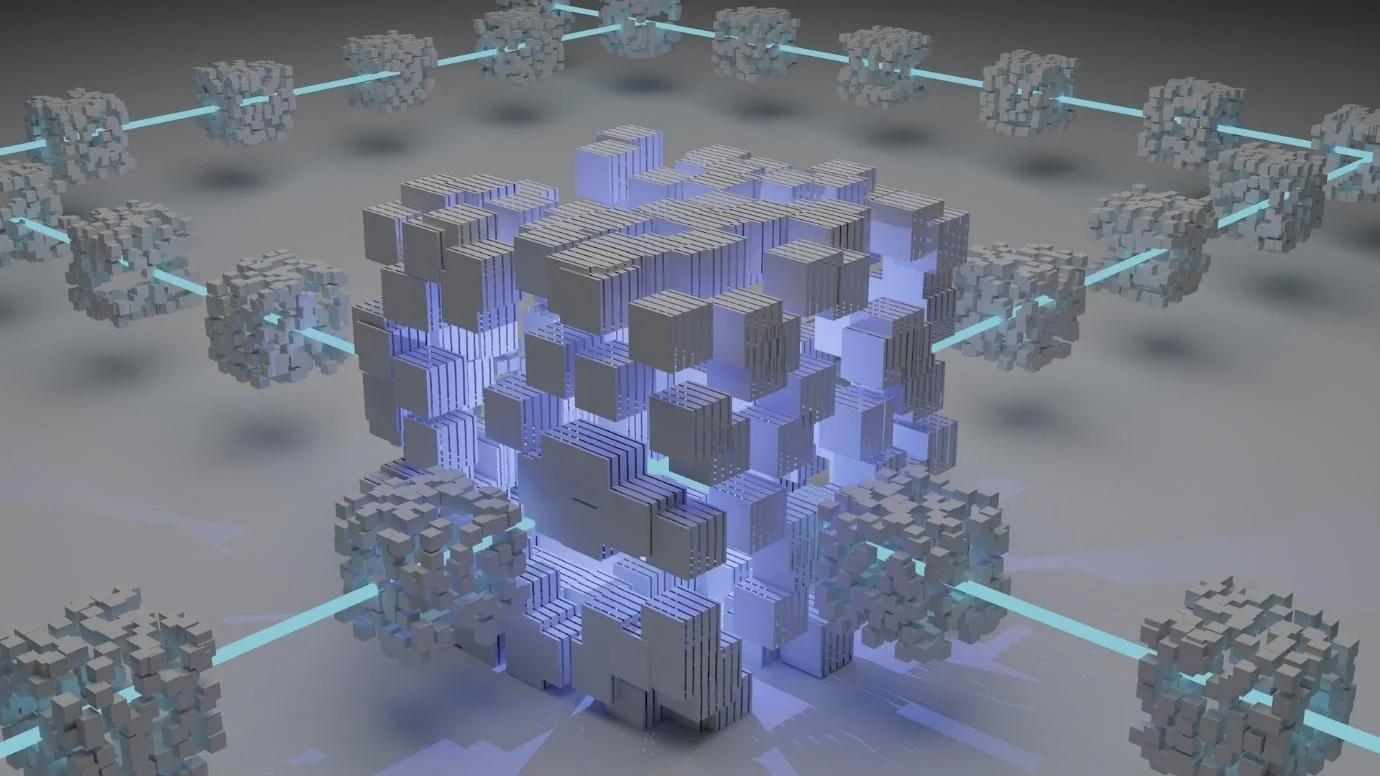
1. Democratizing Trust
Trust has long been centralized in large institutions like banks, credit agencies, and governments. By distributing trust among network participants, blockchain offers disintermediation of trust. This prevents centralized corruption and failure while giving users greater control over their assets and data.
Blockchain provides alternatives to fragile banking systems, especially in countries facing financial instability or crises. In 2022, 45% of Brazilians planned to purchase crypto as their currency devalued by more than 218% against the US dollar in a decade.
Opens new avenues for underserved groups to access financial services. According to the World Bank’s Global Findex Database 2021, 24% of the global population – or nearly 1.8 billion people – were still unbanked, a gap decentralized finance can help bridge.
2. Enhancing Security
Blockchain's decentralized structure makes breaching security exponentially harder. Successfully hacking a blockchain requires compromising at least 51% of nodes. This offers near-impregnable security for sectors like healthcare, defense, and financial services.
Healthcare systems can leverage blockchain to secure sensitive medical records and data. Major data breaches like Anthem (2015) exposed 78.8 million people and HCA Healthcare (2023) exposed nearly 11 million people.
Financial firms can prevent fraud and cyberattacks. In 2022 alone, financial institutes bore the cost of $5.97 million per breach as per IBM. Blockchain solutions offer robust fraud detection and prevention.
3. Enabling Transparency
Every transaction on a public blockchain is visible to all network participants. This radical transparency enables unprecedented traceability and auditability.
Food suppliers can track sources, improving safety standards. Walmart cut food traceability from 6 days and 18 hours to 2.2 seconds with blockchain.
Diamond producers can substantiate ethical sourcing claims using blockchain-based certification trails. This prevents irresponsible mining and trade of conflict diamonds.
4. Resisting Censorship
Blockchains have no central servers to shut down, allowing censorship-resistant applications. This preserves access and speech, especially in oppressive political climates.
Activists can coordinate via blockchain platforms not subject to government control, as Hong Kong protestors did in their fight against censorship.
Whistleblowers and journalists can securely share confidential documents online without fear of tampering.
5. Streamlining Industries
By eliminating excessive intermediary fees and delays, blockchains introduce faster, leaner value transfers across industries.
Musicians receive direct income from fans, bypassing labels and distributors. Imogen Heap's Mycelia leverages blockchain for transparent fan-artist monetization.
Remittances circumvent banking networks. According to the World Bank, global remittance fees averaged 6.25% in Q1 2023. In contrast, blockchain offers direct cross-border transfers for as little as 0.01% to 0.10% of the transaction.
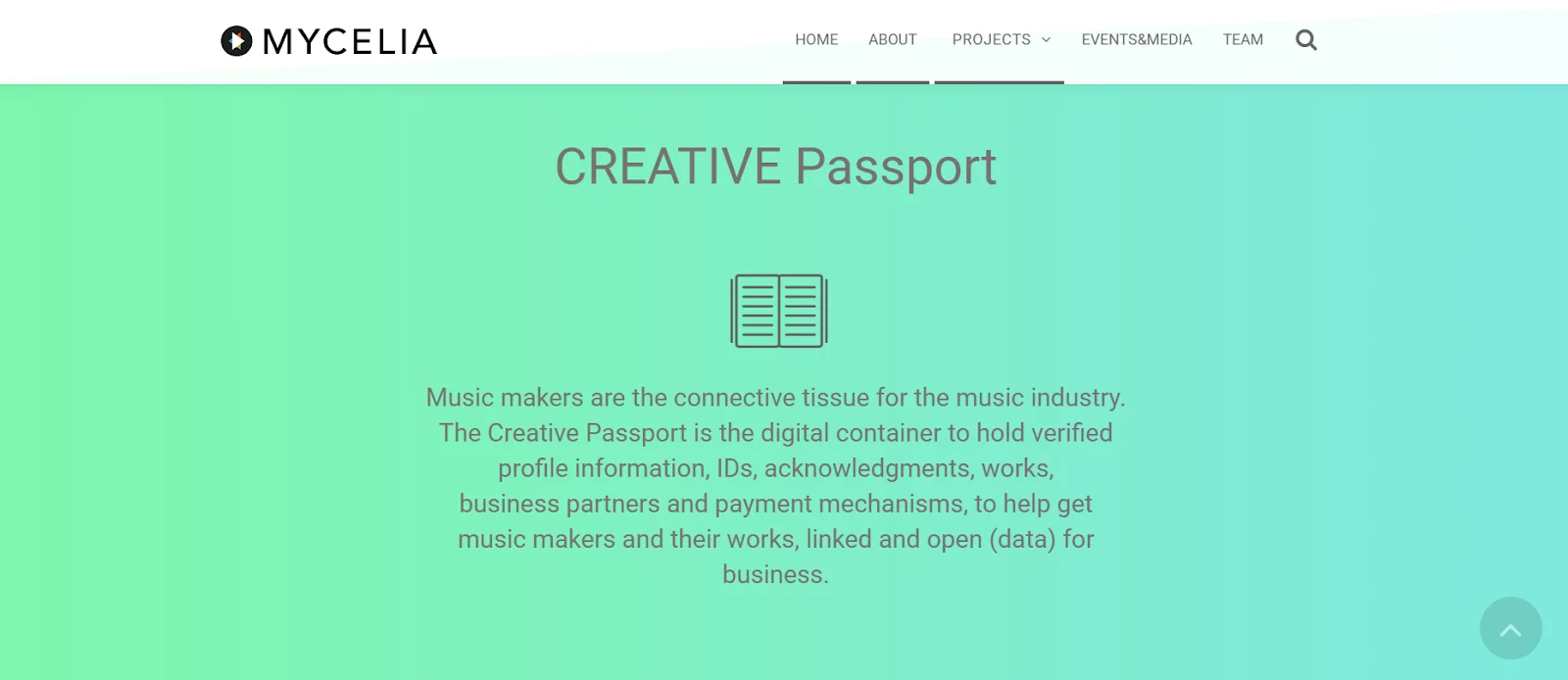
Practical Challenges of Decentralization
While decentralization opens new possibilities, blockchain still faces hurdles in fully realizing its potential. Key challenges include:
1. Scalability
Decentralized blockchains face innate scalability challenges compared to centralized databases. Each node processing every transaction limits throughput.
For instance, Ethereum handles about 15 transactions per second as of now while Visa processes 24,000. Cryptokitties congested Ethereum in 2017 by consuming significant network capacity.
Solutions being explored include:
Sharding - Partitioning to spread the load across nodes.
Sidechains - Offloading transactions from the main chain.
Layer 2 protocols - Performing transactions off-chain before batch validating on-chain.
DAG models - Allowing parallelized, asynchronous transaction validation.
Using such approaches, blockchains’ transactions per second can easily change the status quo of the contemporary financial world. For instance, after Ethereum’s Merge, Surge, Verge, Purge, and Splurge, the blockchain can process about 100,000 transactions per second.
2. Consensus Protocols
Reaching consensus in a decentralized network becomes exponentially more complex at scale. Common protocols have limitations.
Proof-of-work (PoW) demands enormous computations, consuming vast energy. Bitcoin’s single transaction involves a carbon footprint of 375.23 kgCO2 as per Digiconomist. This carbon footprint is equivalent to that of 831,633 VISA transactions.
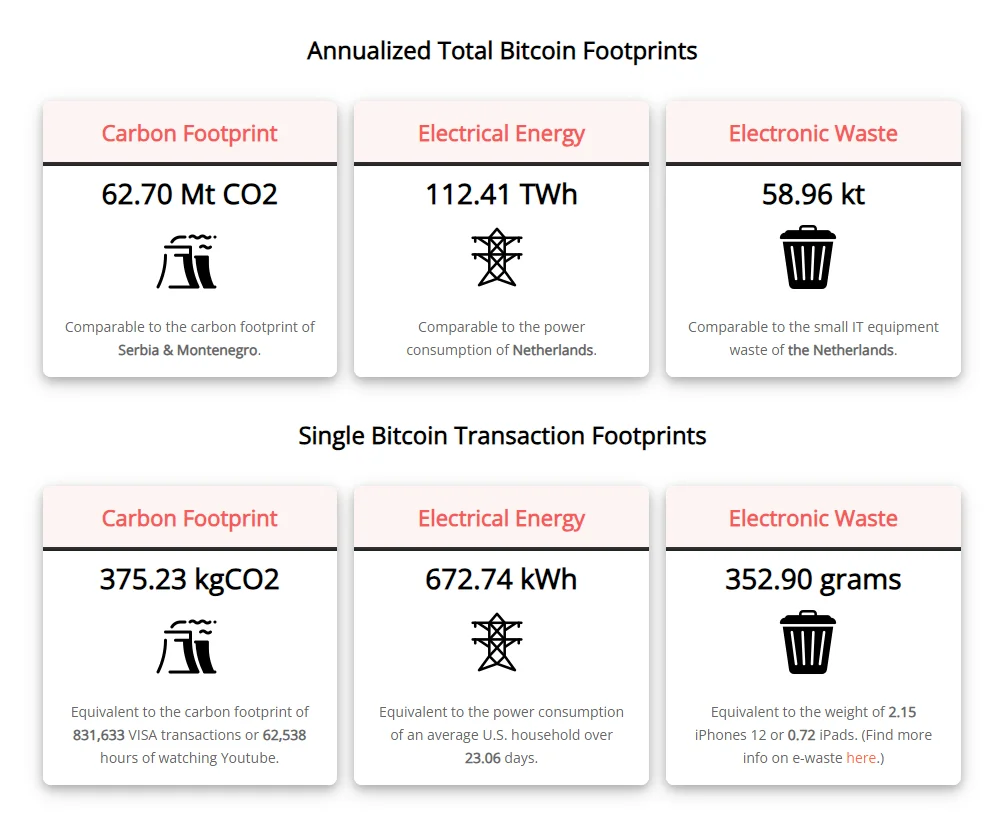
Proof-of-stake (PoS) risks the richest nodes dominating validation. Only holders with significant staked funds can participate.
Hybrid models like delegated PoS aim to balance scalability and decentralization. Heterogeneous voting power curbs dominance while enhancing efficiency.
3. Onboarding and Usability
Blockchain applications often have complex UX designs and wallets. This creates barriers to mainstream adoption. Simplified payment onboarding, social recovery wallets, and fiat-to-crypto gateways can enhance usability.
4. Compliance
Regulating decentralized networks poses challenges.KYC and AML policies contradict anonymity and censorship resistance . Overly stringent laws could degrade core benefits.
Thoughtful regulation is required to manage risks without comprising decentralization. Sandbox models that permit controlled experimentation can help develop balanced policies.
5. Network Security
While blockchains are secure, endpoints remain vulnerable. Users must protect private keys from theft or loss. Improved key custody solutions via institutions like Anchorage can boost end-user security.
6. Sustainability
PoW mining's energy consumption has caused environmental concerns. Bitcoin mining annually consumes as much energy as the Netherlands. Transitioning to efficient PoS models, using renewable energy sources, and purchasing carbon offsets can improve sustainability.
In summary, decentralization involves navigating complex technical, compliance, usability, and sustainability challenges. With greater maturation, many limitations can be overcome to fully unlock blockchain's potential.
To Wrap it Up
The momentum behind decentralization is undeniable. From the Renaissance to the digital age, humanity's quest for distributed authority persists. Blockchain represents the latest technological manifestation of this impulse.
By eliminating centralized points of control, blockchain offers an architecture of trust, security, transparency, and autonomy. The implications span across industries, communities, and institutions. However, fully realizing decentralization's promise requires overcoming scalability, governance, compliance, usability, and sustainability roadblocks.
With thoughtful innovation, blockchain may catalyze a leap forward in how we architect systems - shaping a future as groundbreaking as the printing press or the internet. However, its success is not guaranteed. Ultimately, the technology is but a tool, one that reflects both the virtues and flaws of its wielders. At Global Blockchain Solution, we believe our shared values must guide blockchain to decentralize power responsibly and equitably. If you have a great idea that you want to convert into reality, feel free to contact us and pick our brains on a 15-minute call.
If so directed, it can shift the tide away from consolidation and back towards decentralization's shores. Therein lies the challenge and opportunity of blockchain.
Frequently Asked Questions
1. What does decentralization in blockchain mean?
Decentralized blockchain refers to a system where authority, control, and decision-making are distributed across a network, rather than being concentrated within a single central entity. This ensures enhanced security, transparency, and autonomy in the system.
2. How does decentralization in blockchain differ from traditional centralized systems?
Unlike centralized systems where a single entity holds unilateral control, in a decentralized blockchain, control is distributed among all participants or nodes in the network. This eliminates single points of failure and allows for peer-to-peer interactions without intermediaries.
3. What are the technical pillars of decentralization in blockchain?
The technical pillars include Distributed Ledger Technology (DLT), consensus mechanisms, smart contracts, and advanced cryptographic techniques. These components ensure data security, redundancy, and consensus across the network.
4. Why is decentralization important in blockchain?
Decentralization is crucial in blockchain as it offers distributed control, no central point of failure, peer-to-peer interactions, an immutable and transparent ledger, and empowers participants by giving them control over their data and transactions.
5. Can the degree of decentralization vary in different blockchains?
Yes, the degree of decentralization can vary based on whether the blockchain is permissioned or permissionless. While both types challenge traditional centralized control norms, permissioned blockchains offer a structured environment with predefined roles and permissions.
6. What are the implications of decentralization in blockchain?
Decentralization in blockchain has profound technological, economic, political, and social implications. It democratizes trust, enhances security, enables transparency, resists censorship, and streamlines various industries by eliminating intermediaries.
7. Are there challenges associated with decentralization in blockchain?
Yes, while decentralization offers numerous benefits, it also presents challenges such as scalability issues, complexities in consensus protocols, onboarding and usability barriers, regulatory concerns, and sustainability issues related to energy consumption.

